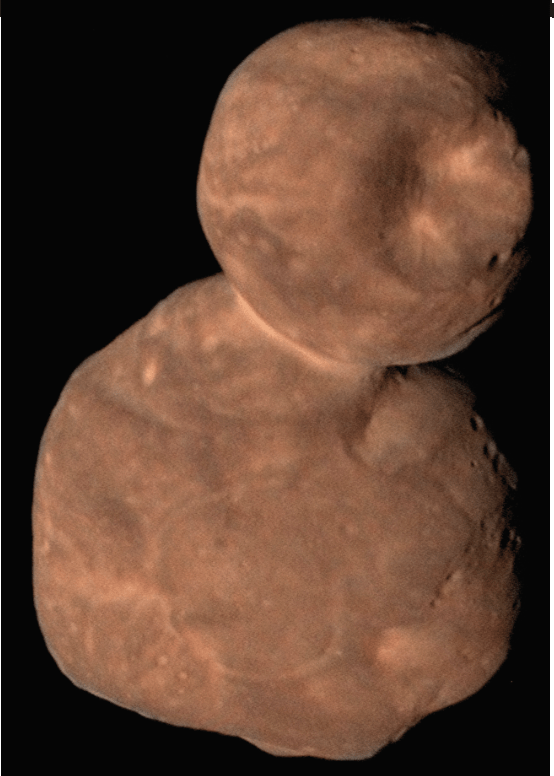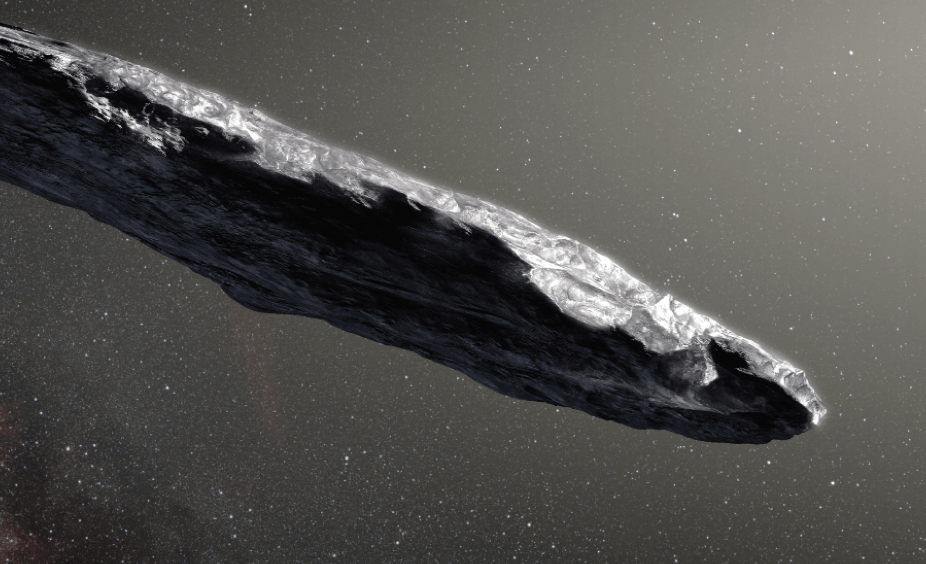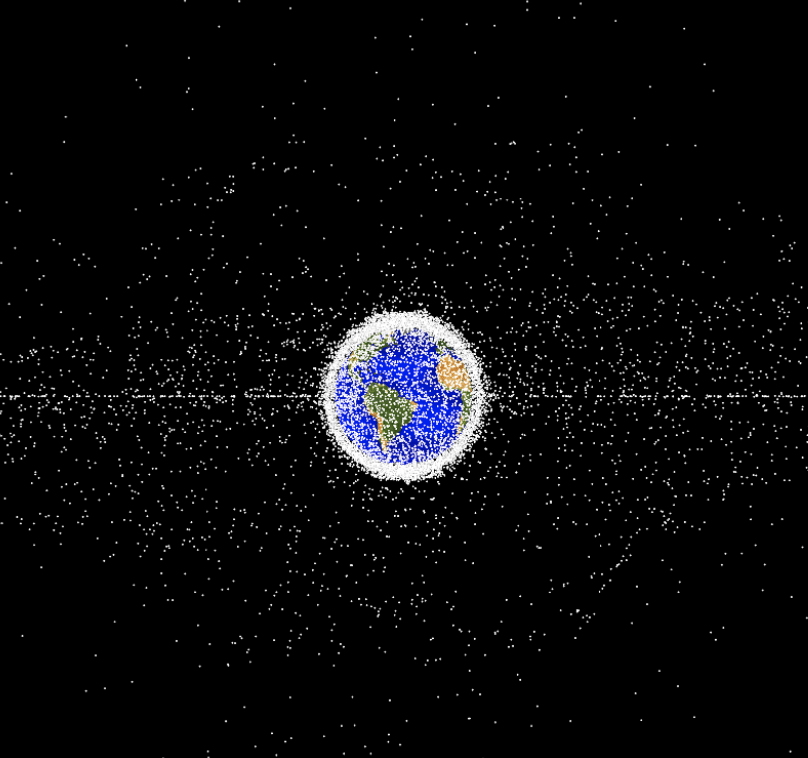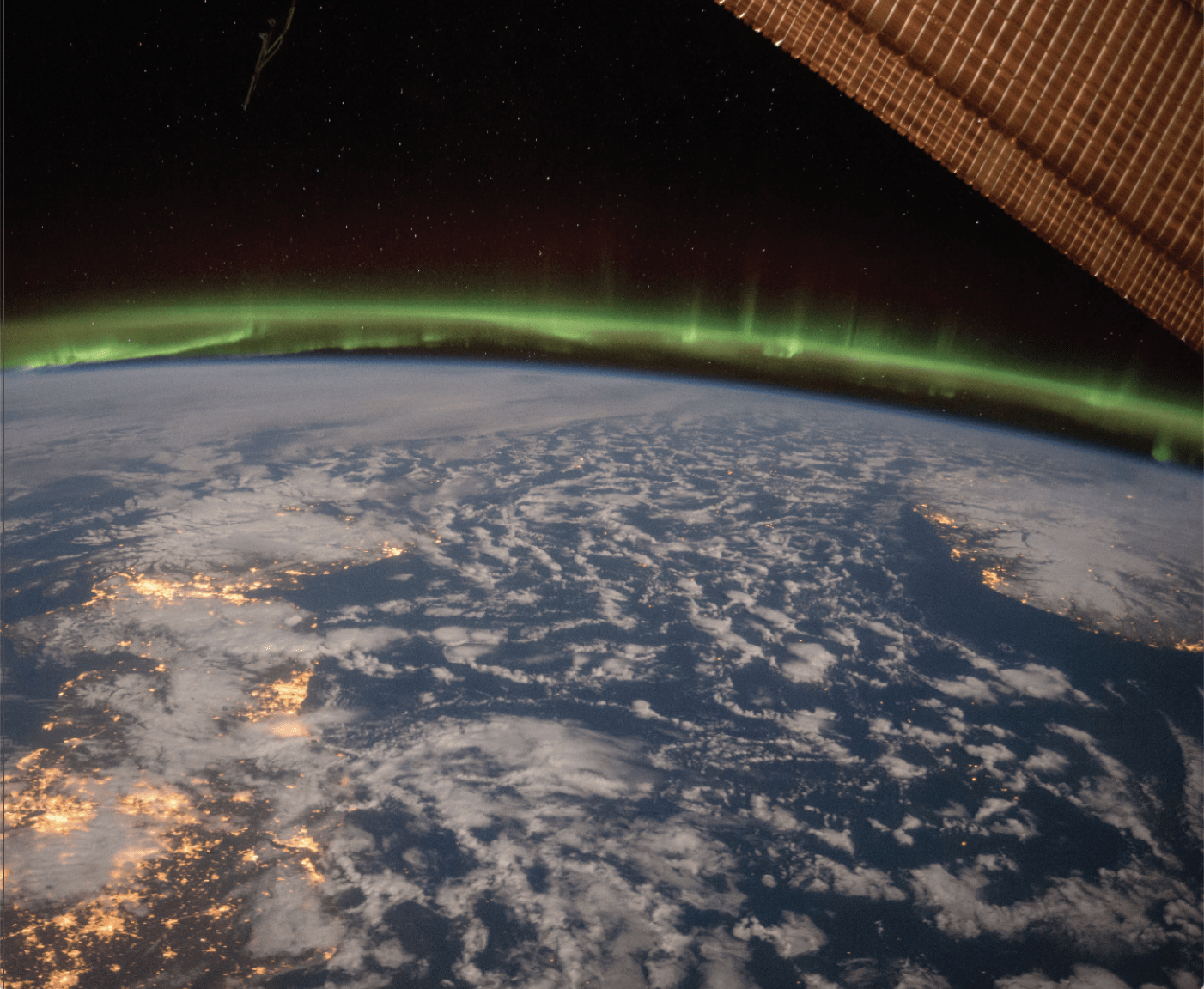Skeptical Scientists Remain Unconvinced
A palpable buzz of excitement swept through the astronomical community following the discovery of Oumuamua late in 2017. This faint yet fast-moving speck of light was something genuinely new—a visitor from another star system.
At the time, astronomers joked about how Oumuamua’s elongated shape drew comparisons with the alien spacecraft in Arthur C. Clarke’s classic novel Rendezvous With Rama. Naturally, some people asked if it could really be a spacecraft.

Many hoped it would be. But the universe doesn’t bend to how people want or hope things to be. They can wish Oumuamua was a spaceship all they want, but ultimately the truth is in what scientific observations indicate.
There’s an unwritten rule in SETI, the search for extraterrestrial intelligence. Before shouting from the treetops that some unusual phenomenon is aliens, first exhaust every possible natural explanation.
The discovery of pulsars in 1967 by Jocelyn Bell-Burnell represents a classic example. Sober-minded scientists at Cambridge, U.K., genuinely wondered whether pulsars could be alien signals, until they dug a little deeper into the scientific literature and found that pulsars are spinning neutron stars.
Despite Avi Loeb’s insistence, scientists have not exhausted all the natural possible explanations for Oumuamua. Far from it. Consider the thoughts of astronomers who’ve spent their careers studying comets and asteroids. They observed Oumuamua while it was still visible for that short spell in the fall of 2017 and compared it with what we know of objects native to this solar system. They say Oumuamua is a natural object and that even its most bizarre properties can be explained.
So, let’s consider three of Loeb’s arguments for his spaceship hypothesis: that Oumuamua had a shape never seen before; that it accelerated when moving away from the sun; and that it was reflecting more sunlight than a comet or asteroid its size would.
Oumuamua was so small and far away that even the mighty Hubble Space Telescope could resolve it only as a point of light. Despite that, astronomers figured out that Oumuamua was elongated, as opposed to spherical, based on how its brightness changed as it spun. Early estimates suggested that Oumuamua was 10 times longer than it was wide, which would be extraordinary. More conservative calculations followed, with the consensus now that it had a minimum size ratio of 6:1.
That would make Oumuamua pretty weird—like a large, flat cigar tumbling through space. Loeb points out that some scientists have suggested a disc-shaped appearance for Oumuamua. Surely there’s nothing as bizarrely shaped native to our solar system, is there?
Actually, there is! On New Year’s Day 2019, NASA’s New Horizons spacecraft flew close to, and took pictures of, Arrokoth, which is an icy, comet-like object lurking with trillions of similar objects in the Kuiper Belt at the edge of the solar system. Arrokoth is two objects touching end-to-end. Taken as a whole, it has dimensions of almost 4:1.
So it’s not quite as elongated as Oumuamua, but the twist in the tail was that as New Horizons flew past, it saw that Arrokoth’s two lobes were not spherical, but flattened discs, like two plates touching.
Arrokoth was chosen at random, indicating other objects in the Kuiper Belt might be even weirder, perhaps weirder than Oumuamua.
Oumuamua seemed to accelerate as it moved away from the sun, but that’s ordinary behavior for a comet. As a comet warms while passng near the sun, pockets of gas vent out, and that can give the comet an extra push.
The problem was no outgassing on Oumuamua was actually detected. To Loeb, that became the smoking gun that Oumuamua is actually a spacecraft deploying a solar sail to catch the sunlight and accelerate.
To astronomers who study comets every day, this was just a sign that Loeb doesn’t actually understand comets the way they do.
If there was outgassing, it must have been at a low level if observers failed to detect it. To achieve the observed acceleration, Oumuamua would need to vent just one kilogram of gas per second. This outgassing should have blown dust off Oumuamua’s surface, which would scatter sunlight, but no dust was seen. That’s not the end of the story though, because the observations were sensitive only to fine-grained dust. Some comets expel larger grains or none at all, as is occasionally the case for the well-studied comet Encke.
So, applying Ockham’s razor, the idea that the simplest explanation is the most likely, the comet hypothesis remains the best way of explaining Oumuamua. Besides, Oumuamua reflects only 10% of the sunlight that falls upon it, while a solar sail, which would provide a push from the momentum of reflected sunlight, would be far shinier.
Astronomers predict that thousands of Oumuamua-like objects pass through the solar system at any given time. Already a second interstellar interloper, called Borisov, was found by amateur astronomer Gennadiy Borisov in 2019. But Borisov displayed clearly comet-like behavior.
Starting in 2022, when the 8.4-meter telescope at the Vera C. Rubin Observatory in Chile begins the most detailed survey of the night sky ever undertaken, astronomers should find many more of these objects passing through.
However, just because Loeb is probably wrong this time doesn’t mean he’ll be wrong next time. The idea of technological aliens sending probes is not new. Plus, space is big, and it would take decades for a probe to reach the closest star system, and millennia—or longer—for more distant stars. Maybe one day a probe will be found among all those thousands of interstellar interlopers.
Even if ET isn’t sending probes, Earth dwellers might discover technological aliens by other means. SETI is in the middle of the 10-year, $100 million Breakthrough Listen program, conducting an intensive search for intelligent life. Astronomers are also refocusing their searches for technosignatures—everything from atmospheric pollution to city lights on other worlds.
The truth is, SETI is a stab in the dark. Scientists still don’t fully know how life began on Earth, or how exactly complex, multi-cellular life evolved from single-celled organisms.
Telescopic abilities are increasing, and astronomers are discovering thousands of planets around other stars. There’s a good probability that if life exists on a planet within 50 light-years of Earth, humanity will have found it before the end of the 21st century. Now that really would be exciting!
Click here to see a TED Talk on Oumuamua.
Keith Cooper, a science journalist from the U.K., is the author of The Contact Paradox: Challenging Our Assumptions in the Search for Extraterrestrial Intelligence (see p. 42.). He has edited Astronomy Now magazine since 2006. @21stcenturyseti








